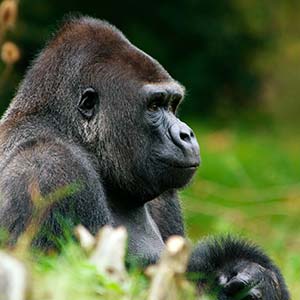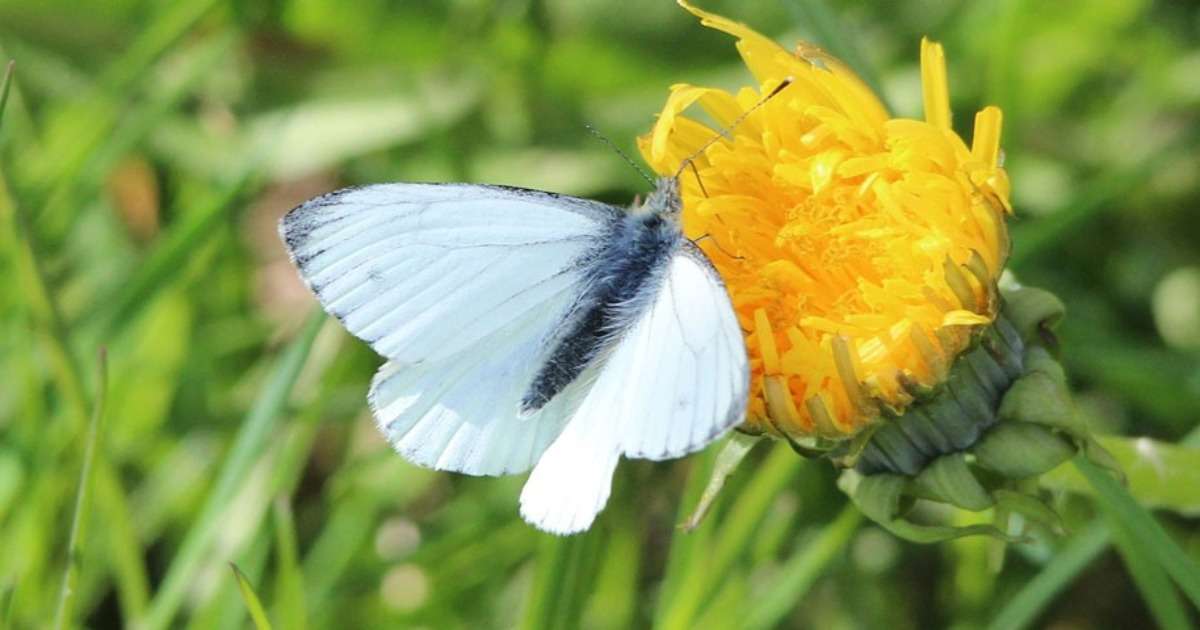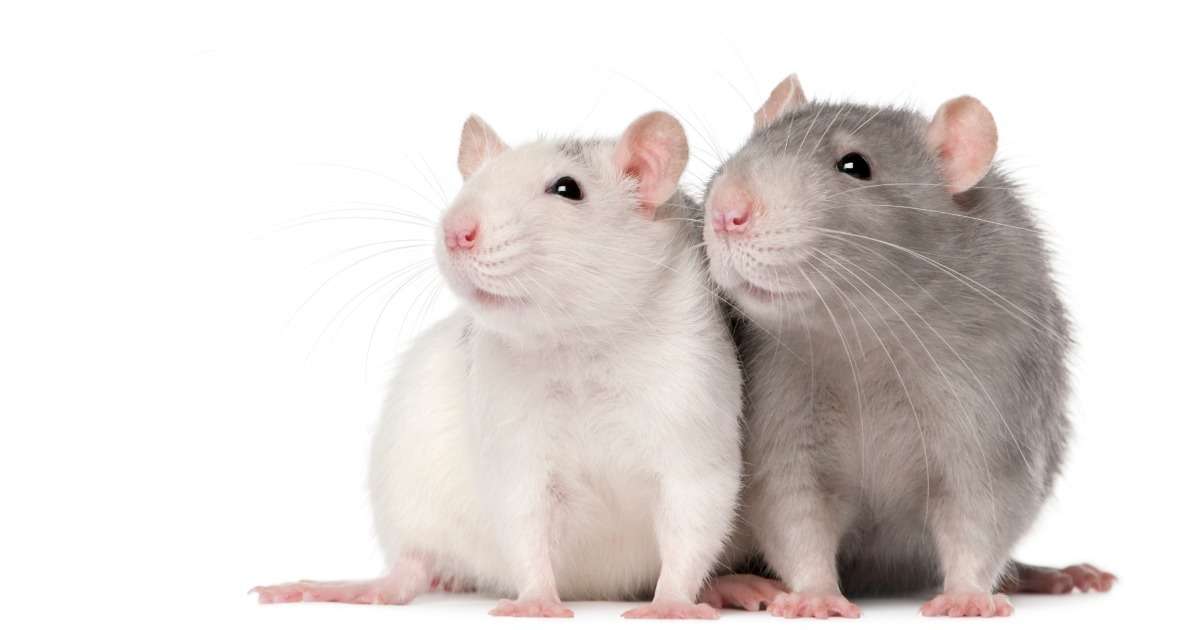
Horse training methods: The importance of behavioral analysis
Nowadays there are many different methods to train a horse. Looking at equitation sciences, it seems you can distinguish al least two different training strategies applied and investigated.
First, there is the ‘natural’ way of horsemanship that allows the horse to evaluate action and reaction. This is often claimed to be the “new” way, but it actually seems based on very ancient methods. The other extreme is horsemanship that is based on desensitizing or ‘overruling’ of the animal.
Scientific research on different horse training methods
Baragli et al. (2012, in press) wrote an article comparing two different methods of training young horses, providing a scientific approach to evaluate the success of these methods by closely looking at the behavior of the horses.
Twelve young ponies were used, and split up into two groups. Both were trained using a similar basis of learning theory, but provided the horses with different opportunities to control their environment.
Group A: in a paddock
Group A was housed in a paddock and received training in a small circular enclosure. During training, the horse was not restrained and chased-away until it showed interest in the trainer. The trainer approached the horse while paying attention to its behavior. The horse was allowed to retreat, and if this occurred, this was followed by repeating the same strategy to approach the horse once again.
When the horse followed the trainer voluntarily, physical contact was initiated. The last phase included saddling the horse. All the while, the horse was allowed to retreat and all movements were performed slowly, giving the horse time to evaluate each stimulus.
Group B: horse's stable
In group B the training began in the horse’s stable where it was kept individually, isolated from the group. The horse was driven into a corner and the halter was put on. Physical contact and saddling of the horse were continued until the animal accepted, giving it no time to evaluate the stimuli.

Evaluation of training success: a behavioral approach
After training was completed, two tests were performed to evaluate the behavior of each horse. Behavioral monitoring and evaluation were performed with The Observer XT. Additionally, the subjects’ heart rate was monitored.
In the person test, the horse was let loose in a familiar arena. An unfamiliar person was introduced and the attention and exploratory behavior directed towards that person was recorded.
In the grooming test, the horse was groomed and saddled by a familiar person (the trainer) in the familiar training location (round pen or stall).
Behaviors scored included:
- Exploration of the person
- Attention paid to the person
- Head lowered
- Kinetic behaviors
- Defensive behaviors
- Avoidance behaviors
Of all behaviors, latency, frequency, and duration were scored with The Observer XT.

Group A took more time to train, but showed more signs of relaxation during both tests, according to the authors. Their heart rate was lower during both tests and all of them approached the unfamiliar human as opposed to horses from group B, where only one horse approached the unfamiliar human.
They also spent more time in close proximity to that person. In the grooming test, it was easier to lift the hoofs of the horses in group A. The total time it took to perform the whole grooming ritual did not differ between groups.
Differences between horse training methods
The authors explain that the high amount of exploratory behavior shown in both tests by group A can be associated with a positive emotional state. They also showed lowering of the head during grooming, a sign of relaxation. Group B showed attention to the humans, but also more defensive and avoidance behavior instead of exploration.
The main difference in these two methods is that in group A, the time taken to evaluate a stimulus was determined by the horse, with trainers taking into consideration attentive behavior and the individuality of responses in their actions. Essentially, the trainer’s actions were modulated according to the horse’s response.
Further research
This article provides some clear and straight-forward results. It is a nice addition to research on training methods and well-being of horses, and provides a good basis for further research.
While many different training methods exist, and many will have components of both methods described in this publication of Baragli et al., the clear difference in approach described here gives us insight into the effects on horse behavior and the value of a detailed behavioral study in the evaluation of different strategies.
Reference
Baragli, P.; Mariti, C.; Petri, L.; De Giorgio, F.; Sighieri, C. (2011). Does attention make the difference? Horses’ response to human stimulus after 2 different training strategies.Journal of Veterinary Behavior, 6, 31-38.
Get the latest blog posts delivered to your inbox - every 15th of the month
more

Insect damage on leaves changes the reproductive strategy of plants
We all know that the majority of plant species depends on pollinators, like bees and syrphid flies, for reproduction. What most of us do not know is that this process is far more complex than it looks at first sight.
Identification of thrips resistance in Arabidopsis
Maarten Jongsma explains how he used EntoLab to facilitate insect choice assays and automate the acquisition and analysis of movement tracks. Two Arabidopsis accessions were tested for resistance to western flower thrips.

